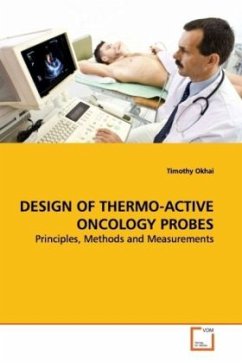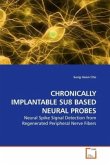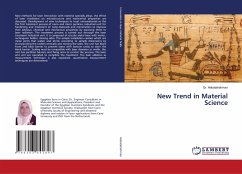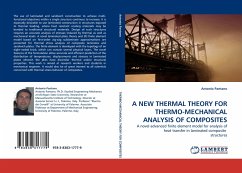Over the last few years, there has been a growing
need to advance the use of thermal ablation therapy
as a minimally invasive technique in cancer
management. Consequently, this work was done to
investigate the use of hyperthermia and hypothermia
by developing economical probes that will
effectively destroy volumes of pathological
tumours. While work on the cryotherapy probe is still
on-going, the RF thermal probe was tested on
different tissues and evaluated for effective
tissue destruction capability. The results show that,
at power settings of 20 watts for soft tissue, 13
watts for kidney tissue, 6 watts for liver tissue, 3
watts for brain tissue and 2 watts for lung tissue,
the RF thermal probe effectively destroys volumes of
pathological tumours within a temperature range of 50
to 100 degrees centigrade during a 15-minute
treatment time. This work should help shed more
light on the two energy-based treatment methods
investigated, and should be of particular interest
to interventional radiologists, researchers in the
field of thermal ablation therapy, and cancer
patients who are considering the use of energy-based
therapy as alternative treatment methods.
need to advance the use of thermal ablation therapy
as a minimally invasive technique in cancer
management. Consequently, this work was done to
investigate the use of hyperthermia and hypothermia
by developing economical probes that will
effectively destroy volumes of pathological
tumours. While work on the cryotherapy probe is still
on-going, the RF thermal probe was tested on
different tissues and evaluated for effective
tissue destruction capability. The results show that,
at power settings of 20 watts for soft tissue, 13
watts for kidney tissue, 6 watts for liver tissue, 3
watts for brain tissue and 2 watts for lung tissue,
the RF thermal probe effectively destroys volumes of
pathological tumours within a temperature range of 50
to 100 degrees centigrade during a 15-minute
treatment time. This work should help shed more
light on the two energy-based treatment methods
investigated, and should be of particular interest
to interventional radiologists, researchers in the
field of thermal ablation therapy, and cancer
patients who are considering the use of energy-based
therapy as alternative treatment methods.








